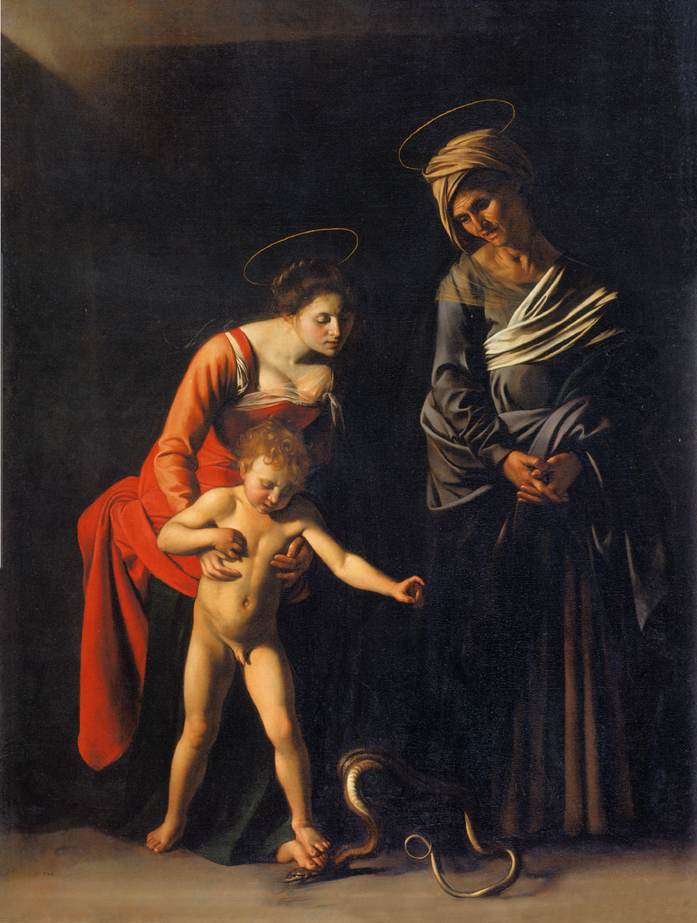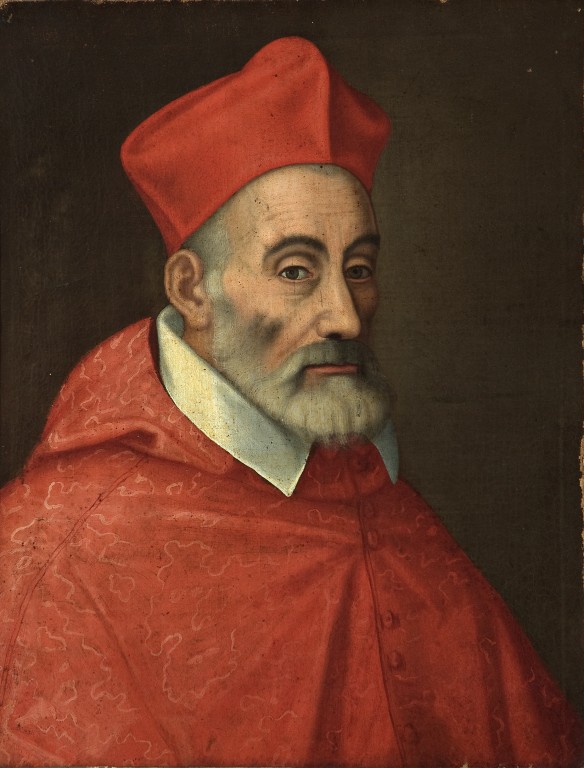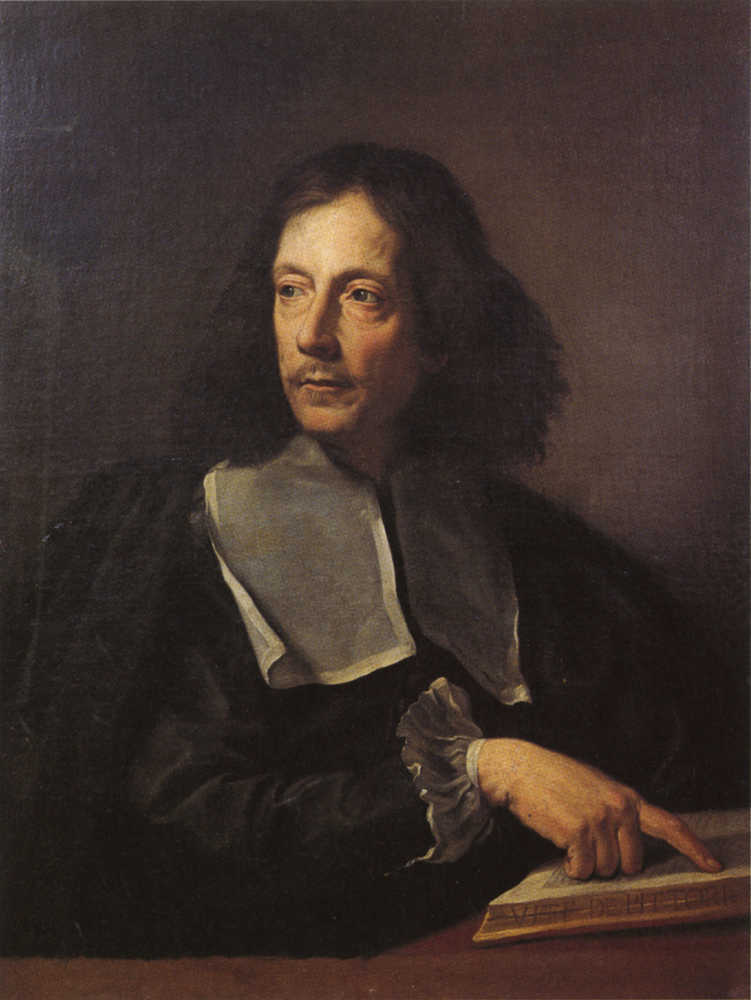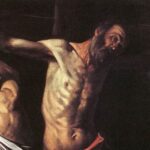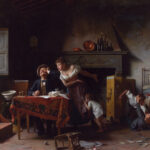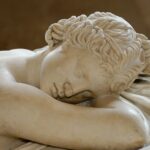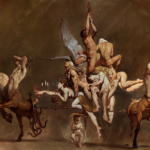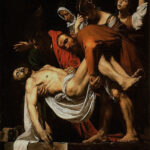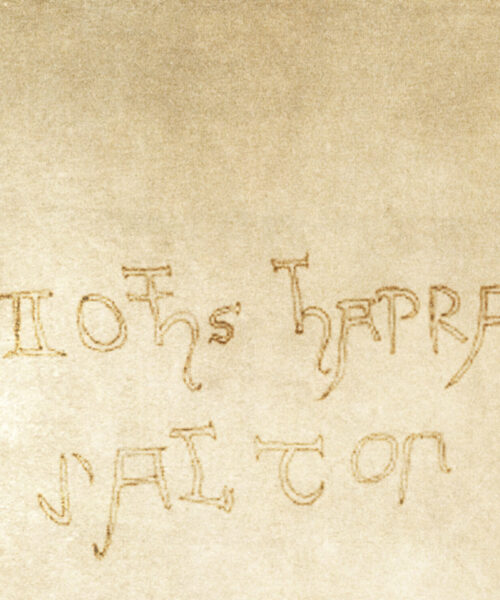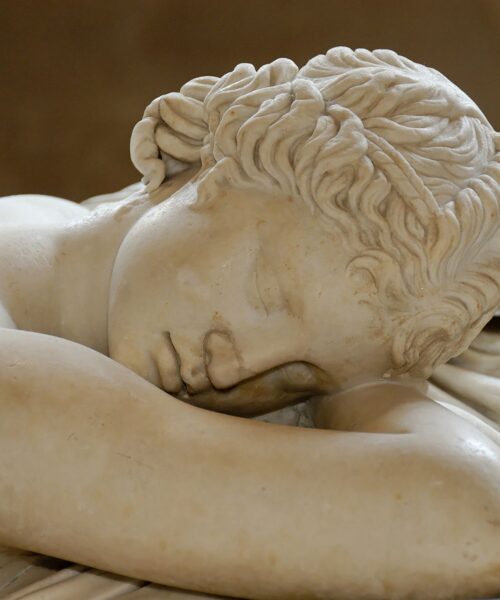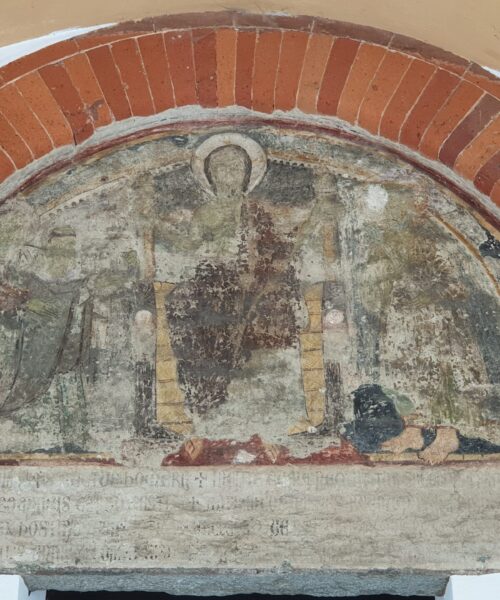In the vibrant Rome of the seventeenth century, where art and religion intertwine in a dance of power and passion, Michelangelo Merisi, known as Caravaggio, prepares to paint a work destined to shake the very foundations of convention: the Madonna dei Parafrenieri. Commissioned by the Archconfraternity of the Papal Grooms, this canvas is intended to replace the image of Saint Anne in their chapel.
Caravaggio’s choice falls on the figure of Maddalena Antognetti, known as Lena, a woman of earthly charm and sensuality, a friend and model of the painter. In her, Caravaggio sees the perfect incarnation of the Madonna, a bold choice that breaks away from traditional celestial depictions. Yet, it is in this raw realism, in the childlike nudity of Jesus and in Lena’s pronounced breast, that Caravaggio’s revolutionary essence lies: a palpable, real Madonna, almost tangible in her humanity.
However, the painting is not destined to receive the hoped-for acclaim. Instead of praising its originality, the Grooms find themselves scandalized. To them, the Virgin appears too common, too seductive, an affront to the sanctity they expected. Even Saint Anne, depicted as an elderly and detached figure, fails to meet the expectations of a traditional representation. The depiction of the serpent, crushed under the feet of the Madonna and Child, symbolizes the theme of the Immaculate Conception, but even here, Caravaggio seems to flirt with Lutheran interpretations, a further tear in the fabric of Catholic doctrine.
The critical voices are quick to emerge. Gabriele Paleotti, in his “Discourse on Sacred and Profane Images,” expresses disgust at the portrayal of a Virgin that could evoke lascivious thoughts. Giovanni Pietro Bellori, with a stern tone, criticizes the choice to depict the Virgin in such a “vilely” human manner.
In this scenario of controversies and debates, the figure of Scipione Borghese, a cardinal and patron, emerges, who manages to grasp the greatness of this work. With a bold move, he purchases the painting for 100 scudi, saving it from oblivion and securing it a place of honor in his collection. Today, this painting is a treasure of the Borghese Gallery, a testament to Caravaggio’s revolutionary vision, uniquely capturing the human and divine essence.
The Madonna dei Parafrenieri, therefore, is much more than just a painting: it is a manifesto of an art that dares to challenge the canons, a work that speaks of passion, realism, and a sensuality unafraid to show itself in its naked truth. It is Caravaggio, in his purest form, inviting the viewer to look beyond the surface, to seek the hidden truth behind every brushstroke.

